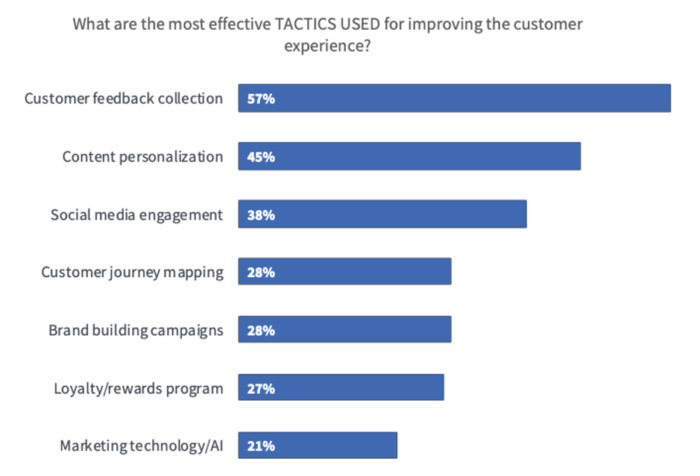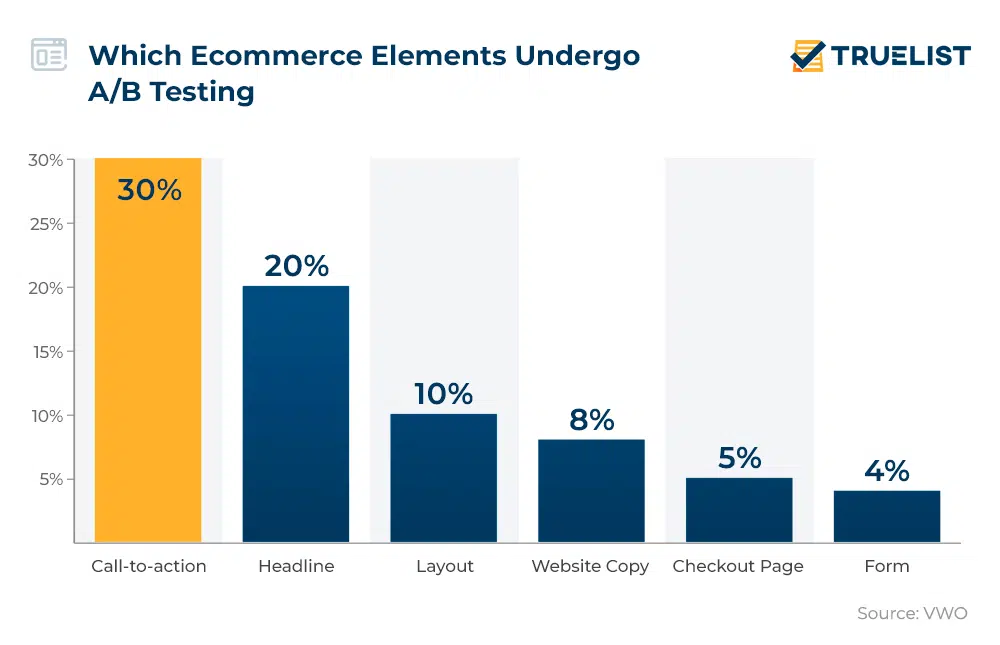When creating content, it can sometimes be hard to know if you’re getting across the message you want to, or if your readers are going to miss the point entirely. That’s why it’s important to test the content you create.
There are many aspects of your content you should test, and many ways to go about doing it. We’re going to take a look at how to test your content, and see how it can help you better connect with your users.
What is Content Testing?
Content testing is the process of analyzing how easily your content can be found by your target audience, how well they can comprehend it, and how much it resonates with them.
Effective content testing starts early in the design process and should reoccur whenever new content is generated. Testing can be executed on all kinds of content, from the text on a product landing page to guest blog posts on other websites.
Why Should You Test Content?
Testing your content will tell you how effective your content strategy is. If you’re creating content to address your users’ pain points, then testing that content is the best way to see if you’ve been successful.
If the content isn’t working for some reason, you know to stop wasting time and energy producing similar content, and can instead refocus your efforts.
Testing your content will help you to understand your users better. By assessing what aspects of your content are working, and which aren’t, you can build a clearer picture of what your users expect from your content.
Content testing may reveal problems that you weren’t previously aware of, and will reveal these issues to you through the eyes of your target audience. Learning from their expectations and experiences of your content will help you craft more relevant materials in the future.
Gathering customer feedback is one of the key ways to create a better customer experience.

Image Source: Smartinsights.com
By listening to their views on what content works, and what content doesn’t, you can help build a better experience for them in the future. Not only that, but getting to know your customers will also allow you to personalize your content for them, which is another important factor in building all levels of customer satisfaction.
What Aspects of Your Content Should You Test?
When it comes to testing your content, there are 5 key areas that you should focus on.
1. Usability
The usability of your content refers to how easy (or hard) it is to interact and engage with your content. There are several factors that determine this, and different types of content will need to meet different benchmarks to be considered ‘usable.’
For example, product pages for a contract generation tool should be clear and succinct. It’s impractical to write thousands of words to describe what your product does, so product descriptions should cover the main selling points in as few words as possible.
2. Searchability
The searchability of your content determines how easily your target audience can find your product or website online. It’s largely to do with the search engine optimization (SEO) of your content.
The quality level of your content and the level of optimization will determine where your content and your website will appear in the rankings of search engines. The higher its ranking, the easier it will be for your target audience to find it.
Image Source: Databox.com
3. Accessibility
The accessibility of your content refers to how many users can easily find and engage with it. The searchability of your content comes into play here, but other factors are also important.
For example, including subtitles with video content will make your content more accessible to users who are deaf or hard of hearing. Similarly, including audio descriptions of your written content will make it more accessible for visually impaired users.
The platforms on which your content appears on are also a factor that affects accessibility. Ensuring your website and content are optimized for mobile browsers will enable you to reach a wider audience.
4. Navigability
The navigability of your content properties determines how easily your users can move around your website. Ideally, users should be able to navigate easily from one piece of content to the next, with relevant links displayed clearly.
If users have to search and jump from page to page repeatedly to find what they’re looking for, then your website and your content aren’t suitably navigable. For example, if you have a piece of content about data analytics in government, ensure that it links to other relevant blog posts about the uses of data analytics, as well as a landing page for your data analytics services.
5. Tone and Voice
You should ensure that the voice used throughout your content is consistent, which helps affirm your brand identity for users. And the tone you use should resonate with your target audience. For example, brands selling to a general consumer audience should lean towards a friendly tone and conversational voice. Whereas B2B brands may determine that a more formal tone resonates with a sophisticated buyer.
Likewise, a ‘hard sell’ is unattractive to many readers, and aggressive selling from account managers is responsible for a 67% decrease in the likelihood of keeping an account open.

Image Source: Gartner.com
Therefore, if you’re looking to sell a product or file sharing service through your content, it’s often better to consider a less aggressive, more persuasive, sales argument. If you’re trying to encourage a user to undertake Databricks training, highlight their benefits and help them see it’s in their best interests.
6. Readability
The readability of your content determines how easy it is to read and comprehend. If a user gets to the end of a sentence and has to go back and reread it to understand it, then your content isn’t doing its job.
Many factors determine how readable your content is. You should try to use vocabulary that your audience will be familiar with. For example, if your content is designed to explain when to use a neural network, start by including some background information about a neural network and the different types of architectures available.
Methods of Content Testing
There are several types of functional testing that you can use to assess the suitability of your content. Here are a few of the most popular:
1. The Cloze Test
The Cloze Test is designed to test how easily comprehensible a piece of writing is. You take a paragraph of text and remove every fifth or sixth word, replacing it with a blank space. You then present this passage to your test subjects and ask them to fill in the blanks.
Each blank space that is filled in with the missing word, or close enough to keep the general message of the passage intact, is marked as correct. A passage that scores 60% or above on The Cloze Test is considered reasonably clear.
A passing score shows that there are enough context clues in the text to fulfill its purpose, even when not read fully. The text is, therefore, likely to be comprehensible enough to meet your users’ needs.
For example, if your content was designed to highlight the features of an inventory management system, then the reader should still be able to take away the key benefits of such a system, and why it would be beneficial for their business.
2. A/B Testing
A/B testing is used in many different areas of ecommerce.

Image Source: Truelist.co
A/B testing involves creating two different versions of a piece of content, then testing them both with live users to see which is the most effective. The winner is determined by looking at which version of the content resulted in the best KPI results. This is a big part of online performance marketing and the practice of conversion rate optimization.
For example, you could examine the click-through rates generated by your comparable pieces of content to see which one persuaded more users to visit a landing page. For A/B testing to be effective, you need a large sample size of users to test with.
What’s more, while A/B testing can tell you what type of content performs better, it isn’t particularly good at explaining why it’s more effective. However, because A/B testing uses live content and doesn’t alert users to the variations being tested, it does well at generating unbiased results.
3. Five-second Testing
Five-second testing involves showing your test subjects a piece of content, but only for five seconds. You then ask them what information or features of the content stood out. Then you can find out whether the focal points of your content are where they should be.
For example, if your content was designed to explain how to write a commercial proposal, you could determine the key information your audience will need to complete a proposal and arrange your content accordingly.
If the test subjects cannot identify the key features of the content after five seconds, then it’s unlikely that your content is doing what you want it to. If the content features a call to action or is designed to engage with users practically, you could ask them if they would know how to complete the desired action.
Time to Start Content Testing
Content testing helps you refine your content strategies, but it can also help you understand your users better. And when you understand your users, you’re much more likely to increase your customer satisfaction scores and your sales.
Hone in on exactly what you want your content to accomplish, then assess its readability, usability, and tone to make sure it’s hitting the mark.
Investigate the searchability, navigability, and accessibility of your content to make sure your users can find it, and engage with it as you want them to.
For more great tips, tricks, and how-to’s, subscribe to the DivvyHQ blog today!